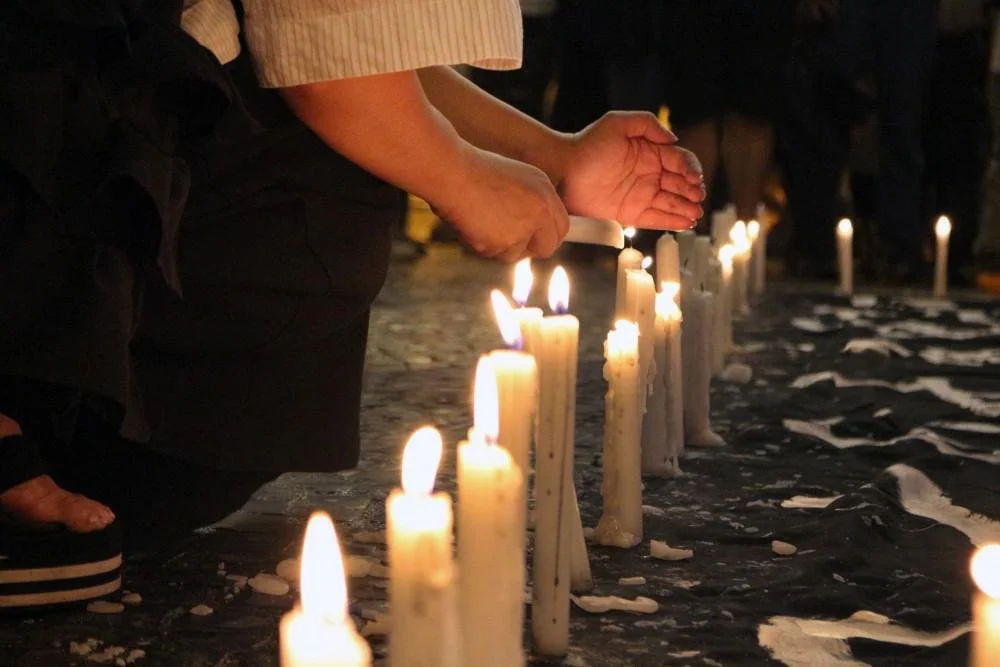Why Communities of Color Are Hardest Hit by COVID-19
By the start of summer 2020, black Americans were hospitalized and/or died from COVID-19 at a rate about 5 times that of white Americans, according to the U.S. Centers for Disease Control. Likewise, other communities of color have experienced much higher hospitalization and death rates than whites. Recently, it was found that if people of color had experienced the same mortality rate as whites, as of late May, more than 14,000 Black Americans would still be alive today, along with 1,200 Latino Americans and 400 indigenous Americans (APM, 2020).
While a discussion of why communities of color are hardest hit can never be fully realized in a blog post, it’s important to understand that even before the COVID-19 pandemic, the U.S. was already in a public health crisis. Over 50% of these communities have a chronic health condition which compromises their immune system and predisposes them to suffer from major illnesses, including, but not limited to COVID-19. These pre-existing conditions include diabetes, high blood pressure, heart disease, asthma, and obesity with rates which are 40% to 60% higher compared to white Americans. The racial difference in health outcomes is striking.
The mortality and morbidity that we see in COVID-19 is directly related to decades of institutionalized racism and the impact of generational racism within communities of color. Racism, after all, plays out in the rationing of equipment for individuals who test positive for the virus and even in back room decisions about who is eligible to get tests.
Granted, a myriad of factors give rise to the health disparities that have been underscored by COVID-19. What we know for sure is that black Americans are more likely to be essential workers in our society, those who must work and interact with other people. This takes on many forms, including delivery drivers, meat packing plant and grocery store employees, and transit workers. Communities of color also are disproportionately low-wage workers, unable to face the reality of not working. Our system sets the stage for how a disease takes its course, because the reality is that many Americans don’t have the luxury of working from home and altering their livelihood to a virtual environment in the same way white Americans and other affluent Americans have been able to do so.
The realization is simple: Communities of color work with people face to face. This, in combination with the fact that black Americans, Latinos and Native Americans shoulder a higher burden of chronic disease, creates a perfect storm for being hard hit by any infection. What COVID-19 has done is exacerbate these racial disparities even more. It’s no surprise that we’re seeing the outrage from a community that is sick and tired of being sick and tired.
Stress, another key player in disease formation, is another serious risk factor. When people are put in stressful situations, their breath becomes more shallow, oxygen is poorly circulated throughout the body and the immune system is shut down.
The body’s physiological response to stress is having a huge impact on our communities of color. In fact, racial and ethnic minorities frequently report experiencing a wide range of stressors on any given day, from financial strain, relationship problems, discrimination to health complications. These stressors compound on one another and accumulate over time to adversely affect both the mental and physical health of the individual, his family, and community.
To overcome the road ahead, I encourage you to follow some of my guidelines I’ve written about at length this year to stay above the illness curve. You CAN BEAT COVID-19.
Let your healing journey begin:
Reference
APM Research Lab Staff. (2020). The Color of Coronavirus: Covid-19 Deaths by Race and Ethnicity in the U.S. Retrieved August 16, 2020 from: https://www.apmresearchlab.org/covid/deaths-by-race
AUTHOR
Dr. Payal Bhandari M.D. is one of U.S.'s top leading integrative functional medical physicians and the founder of SF Advanced Health. She combines the best in Eastern and Western Medicine to understand the root causes of diseases and provide patients with personalized treatment plans that quickly deliver effective results. Dr. Bhandari specializes in cell function to understand how the whole body works. Dr. Bhandari received her Bachelor of Arts degree in biology in 1997 and Doctor of Medicine degree in 2001 from West Virginia University. She the completed her Family Medicine residency in 2004 from the University of Massachusetts and joined a family medicine practice in 2005 which was eventually nationally recognized as San Francisco’s 1st patient-centered medical home. To learn more, go to www.sfadvancedhealth.com.

